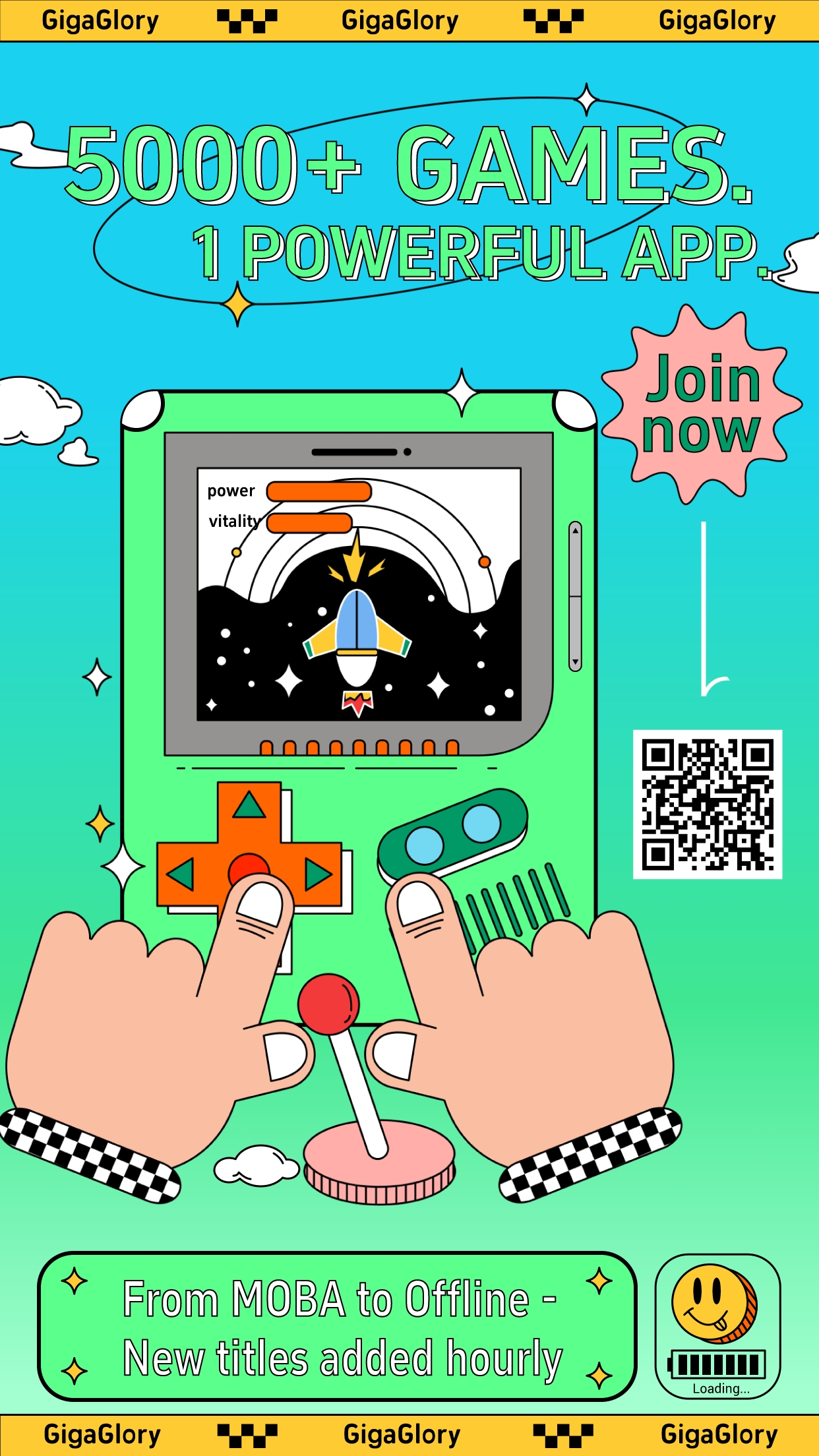Welcome To the Enthralling Universe of Roleplay

In a world where digital escapism is both an artform and refuge, the gaming industry has experienced a renaissance with **RPG and Simulation** titles at the vanguard. From vast, open-world quests to life-like business simulations, genres centered around player imagination and strategy are not just thriving-they're evolving.
Beneath the pixelated landscapes and immersive storylines lies something more than mere recreation. RPG (Role Playing Games), especially in their hybridization with simulation elements, offer a dynamic fusion that speaks both emotionally *and* economically to users globally-whether they're grinding levels or simulating stock market conquests. The real game, it appears isn't always on the screen—it's in mastering these interactive markets themselves.
-
Top Game Categories Captivating Players Today
- Action RPGs (like Monster Hunter)
- Persistent World Simulators (such as Stardew Valley-style gameplay loops)
- Niche Subgenres Like Pyrit ASMR-Inspired Titles And Ambient Quest Narratives
| Type | Differentiates By... | Fanbase Appeal |
|---|---|---|
| RPG Gameplay Elements | Character Development & Lore Expansion Across Missions | Motives-Based Choices In Narrative-Driven Plots |
| Simulated Realism Toggles | Economically Modeled Scenarios Mimicking Actual Enterprises Such As Running Coffee Chains | Gauges Financial Acuity Of Users Over Multiple Sessions Of "Shop Keeper"/"CEO Life" |
| Codegame Hybrid Formats (“Last War" Style Examples) | Tech Meets Combat; Gamified Coding Logic For Strategic Advantage Against Enemies | Likes Strategy Layers Combined With A Need-To-Prove Programming Chops Against AI Boss Opponents |
Cultivating Revenue In Digital Fantastica
Monetisation models in modern-day fantasy adventures vary wildly but follow predictable emotional hooks—unlocking premium skins feels satisfying, expanding kingdoms becomes habitual investment, while character upgrades serve as milestones.
Sure—we're paying good dollars for imaginary swords. So what? That $39 DLC grants you prestige and hours of gameplay euphoria beyond mere price point. It works like crack: You don’t pay out of desperation but craving—the dopamine drip of progression.
- Consumable Add-Ons
- Metalic Gear–Level Exclusive Gear
- Campaign Extensions That Extend The Lifecycle Of Beloved Story Worlds
The magic trick here revolves around engagement cycles. The goal posts must stay just slightly ahead of completion; a dangling promise of "next level" perfection. If your knight doesn’t earn those armor dings, then who does? Not many players would abandon a beloved character after one setback—there’s too much sunk value in its stats.
Case Studies On Engagement Mechanics That Pay Off
In certain subgenres (particularly ambient ones akin to Pyrit ASMR content creators on platforms like YouTube and Twitch) audio fidelity plays an oddly dominant role alongside visual pacing. Crunchy textures, whispered voice narratives and background synth beats form meditational cadence for play sessions sometimes exceeding 90 minutes straight. What's this got to do with business growth? More than meets the eye-
Ambient Gameplays vs. Monitizing Metrics Side-by-Side Breakdown| Factor: | Versus Metric Tracking Success: | Ambient Design Priorities | KPI Alignment? |
|---|---|---|---|
| User Retention Lengths | % Active Logins per month | Daily Repeatability Through Meditative Feedback Loops | Favorably Matches |
| Conversion Potential | Spending Ratios | Impulse Buy Rates When New Cosmetic Assets Unveiled Via Soft Launch Mechanic | Mixed Results: Lower Short-Term Conversions, Higher Customer Lifetime Value Long-Term |
Toward Sustainable Profitability Through Emotional Loyalty
Here's why long-haul monetization thrives inside niche sectors such as the 'Last War'-coded gamified logic battles:- It's never *only about the battle*—players learn problem-solving skills along combat progress lines.
- Each algorithm defeat teaches resilience—users internalize lessons better when cloaked within a sword fight narrative wrapper
- This dual-value equation boosts repeat user exposure, leading inevitably to purchase patterns that lean into subscription models.



